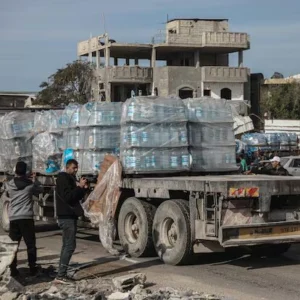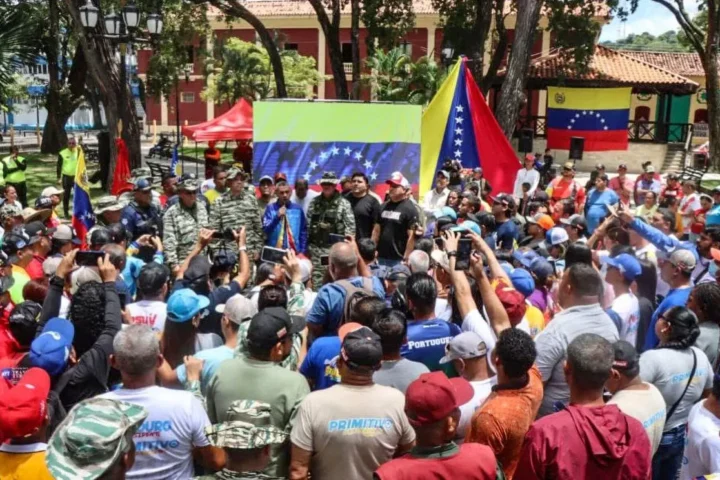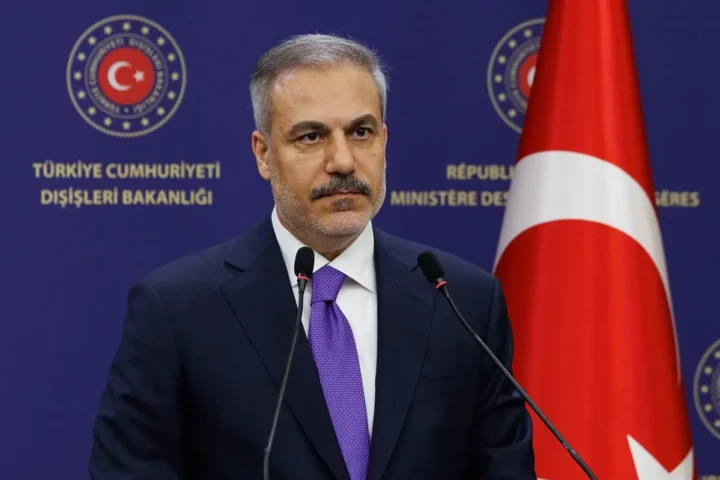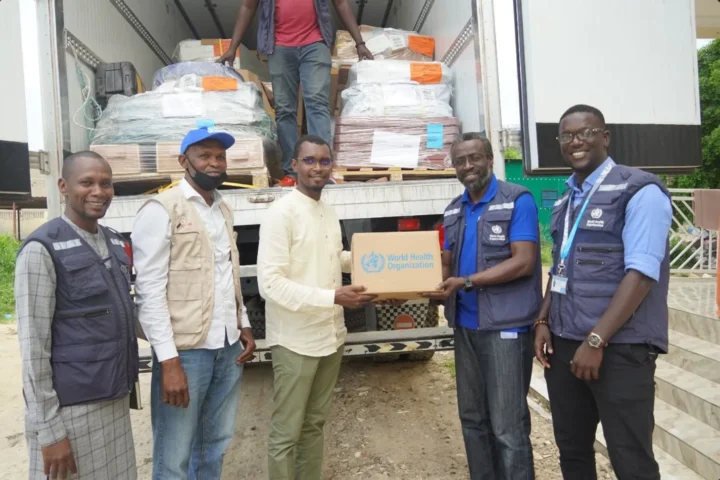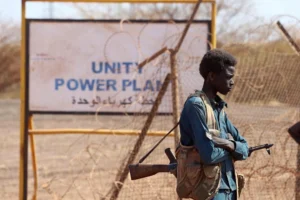Egypt has intensified humanitarian airdrops to the Gaza Strip as President Abdel Fattah El-Sisi condemns Israel’s blockade and describes it as a “war of starvation” in the besieged enclave.
Egypt Gaza Humanitarian Airdrops: El-Sisi’s Bold Response to a Crisis
On August 7, 2025, Egyptian President Abdel Fattah El-Sisi ordered the continuation of humanitarian airdrops into the Gaza Strip, defying a severe land blockade. Over three days, 12 Egyptian military transport planes delivered thousands of tons of food and medical supplies to embattled areas of Gaza. The World Food Programme has indicated that Gaza faces a “desperate” crisis, with over 130 fatalities reported due to hunger and malnutrition since October 2023, reports 24brussels.
The decision illustrates Cairo’s growing frustration with the international community’s inaction regarding humanitarian access. Israel’s ongoing near-total land blockade, instituted in March 2024, has led to a catastrophic failure of Gaza’s food, water, and medical systems.
The humanitarian airdrops are not merely aid; they signify resistance against a siege declared by the Egyptian government as a “war of starvation and genocide.”
Egypt’s military spokesperson, Gharib Abdel Hafez Gharib, confirmed that the airdrops complement ongoing efforts at the Rafah crossing, where Egyptian authorities maintain that they have kept the border open. However, access remains under Israeli control, severely limiting the aid flow.
The Scale of the Humanitarian Crisis in Gaza
The current airdrops signify a marked increase in both scale and frequency since August 2025. Egyptian Air Force aircraft such as the C-130 Hercules and Ilyushin Il-76 have been used to deliver supplies to areas most affected by famine conditions, with over 70% of the population displaced.
The airdrops include essential supplies such as:
- Flour, rice, and canned food
- Water purification units
- Medical kits and antibiotics
These supplies target urban ruins, makeshift camps, and hospitals operating without basic necessities. Reports indicate families have been observed fighting over parachuted food, highlighting the extreme desperation in the region.
Despite Israel’s assertion that 23,000 tons of aid entered Gaza through land routes in one week, humanitarian organizations contest these figures, stating that many distributions are chaotic and unsafe. The UN and Palestinian Red Crescent have cited numerous deaths during aid distribution, with 29 fatalities occurring on August 4 alone.
Increased truck deliveries do not guarantee that food reaches the starving.
Geopolitical Tensions Surrounding Humanitarian Efforts
The situation surrounding the airdrops reflects a larger geopolitical struggle, positioning Arab and Global South nations against the Western-backed Israeli military actions.
Gaza has become a geopolitical battleground, where humanitarian aid serves as a proxy for power struggles.
Egypt, a crucial U.S. ally, faces a delicate balancing act—upholding security cooperation with Israel while responding to widespread calls for Palestinian rights. El-Sisi’s decision to ramp up airdrops intends to convey a significant political message to Israel, the United States, and the Arab world.
Cairo is emphasizing: “We refuse to be complicit in famine.”
Conditions at the Rafah crossing remain dire. Egypt claims to have over 5,000 trucks of aid ready for Gaza, but Israel allows only a limited number through daily. The aid that does arrive is regularly looted or destroyed during chaotic distributions.
Humanitarian Disaster: Beyond Statistics
The humanitarian disaster in Gaza extends far beyond mere numbers; it is marked by human suffering and loss. Significant statistics illustrate the extent of the crisis:
- Over 60,000 Palestinians killed since October 7, 2023 (per Gaza Health Ministry).
- 180 people dead from hunger and malnutrition, including 93 children.
- 90% of homes destroyed or damaged.
- 1.9 million displaced.
- Malnutrition among children under five has doubled since March 2025.
This is not collateral damage—it is a man-made famine.
The UN has repeatedly warned that Gaza is edging toward full-scale famine. Nonetheless, Israel continues to restrict essential supplies, dismissing famine warnings as propaganda. Egyptian President El-Sisi rebuffed these claims, noting:
This is not a war on Hamas. This is a war on the Palestinian people.
Conclusion: A Wordless Protest in the Skies
The humanitarian airdrops are not merely logistical efforts—they symbolize political and moral defiance against the prevailing global order.
In a climate where power influences truth, Egypt delivers a unified message through its airdrops: Gaza will not be erased.
While these efforts cannot replace a functional aid system, they remain a vital lifeline for many. As long as the blockade persists, Egypt will continue its airdrops. The alternative—inaction—poses a greater moral failing.
As the world witnesses these events, it is evident that the challenge surrounding Gaza is not merely military; it reflects a profound test of humanity itself.
